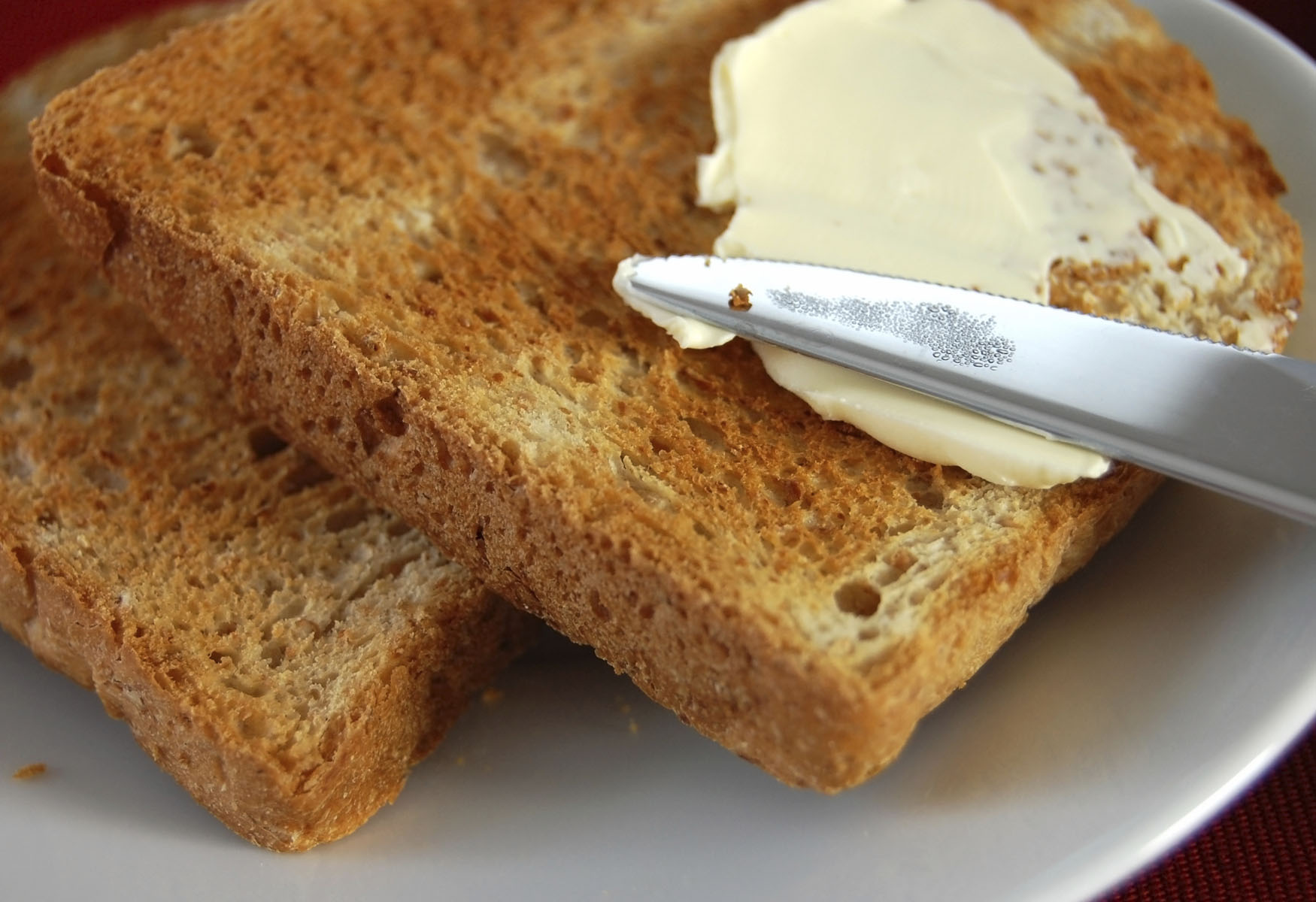
Butter bread is a popular staple in many households, loved for its soft and buttery texture. Whether enjoyed as a breakfast toast or used as a base for sandwiches, butter bread is a versatile and satisfying food choice. But aside from its delicious taste, what are the key nutritional facts that make butter bread a nutritious option? In this article, we will explore the top 10 nutrition facts about butter bread, shedding light on its health benefits and its role in a balanced diet. From its calorie content to its vitamin and mineral composition, we’ll delve into the nutritional profile of butter bread to help you make informed decisions about incorporating it into your meals. So, let’s dig in and discover the fascinating nutritional details about this beloved bread variety.
Key Takeaways:
- Butter bread is a tasty low-calorie option with carbs for energy, but low in fiber. Enjoy it in moderation for a balanced diet.
- While butter bread provides some essential nutrients like calcium and iron, be mindful of its fat content and gluten for those with sensitivities.
Calories
Butter bread contains approximately 80 calories per slice, making it a relatively low-calorie option compared to other types of bread.
Fat Content
Each slice of butter bread typically contains around 3 grams of fat. While butter adds flavor, it’s important to consume it in moderation due to its high fat content.
Carbohydrates
Butter bread is a good source of carbohydrates, providing around 15 grams per slice. Carbohydrates are essential for energy and fueling the body.
Protein
Although not as high in protein as some other bread varieties, butter bread still contains about 2 grams of protein per slice.
Fiber
Unfortunately, butter bread is not a significant source of dietary fiber. It typically contains less than 1 gram of fiber per slice.
Calcium
Some butter breads are enriched with calcium, providing around 3% of the daily recommended intake per slice. Calcium is important for maintaining strong bones and teeth.
Iron
Butter bread contains a small amount of iron, contributing approximately 2% of the daily recommended intake per slice. Iron is necessary for transportation of oxygen in the body.
Vitamins
While butter bread is not a significant source of vitamins, it may contain small amounts of vitamins such as thiamine, riboflavin, and niacin.
Sodium
Butter bread may have varying levels of sodium, depending on the brand and recipe. It’s important to check the nutrition labels for sodium content.
Gluten Content
Butter bread made with wheat flour contains gluten, which is a protein that can cause digestive issues for individuals with gluten sensitivity or celiac disease.
Overall, butter bread is a delicious and versatile choice for sandwiches and toast. It provides energy through carbohydrates, a small amount of protein, and essential nutrients like calcium and iron. However, it is important to consume it in moderation, considering its fat content and potential gluten sensitivity. Enjoy your butter bread in a balanced and healthy diet!
Conclusion
Butter bread is not only a delicious and versatile food but also offers several nutritional benefits. It is a great source of carbohydrates, providing energy and fuel for the body. Additionally, it contains essential vitamins and minerals like calcium, phosphorus, and B vitamins.
However, it is important to consume butter bread in moderation, as it can be high in calories and fat. Opting for whole wheat or multigrain varieties can provide more fiber and nutrients compared to white bread. Pairing it with lean proteins, vegetables, and fruits can make a well-balanced meal.
As with any food, the key is to enjoy butter bread as part of a balanced diet and a healthy lifestyle. So go ahead, savor the flavors of freshly baked butter bread, but remember to be mindful of portion sizes and choose healthier alternatives whenever possible.
FAQs
1. How many calories are in butter bread?
On average, a slice of butter bread contains around 100-150 calories, depending on the brand and thickness of the slice.
2. Does butter bread contain any nutrients?
Yes, butter bread contains essential nutrients like carbohydrates, vitamins, and minerals. However, it is important to choose whole wheat or multigrain varieties for added fiber and nutrients.
3. Is butter bread a healthy option?
While butter bread can be enjoyed as part of a balanced diet, it is important to consume it in moderation due to its calorie and fat content. Choosing healthier bread alternatives and pairing it with nutritious toppings can make it a healthier option.
4. Can butter bread be part of a weight loss diet?
Including butter bread in a weight loss diet is possible, but portion control is key. Opt for thinner slices and watch your overall calorie intake to ensure you stay within your weight loss goals.
5. Is there any difference between regular butter bread and whole wheat butter bread?
Yes, there is a difference. Whole wheat butter bread is made from whole wheat flour and retains more of the wheat’s natural fiber and nutrients, making it a healthier choice compared to regular butter bread made from refined white flour.
Was this page helpful?
Our commitment to delivering trustworthy and engaging content is at the heart of what we do. Each fact on our site is contributed by real users like you, bringing a wealth of diverse insights and information. To ensure the highest standards of accuracy and reliability, our dedicated editors meticulously review each submission. This process guarantees that the facts we share are not only fascinating but also credible. Trust in our commitment to quality and authenticity as you explore and learn with us.
